AMD is back in the “game of graphics cards” with their new AMD Radeon RX 480 featuring the new Polaris architecture. By now, you most probably have read about the RX 480 already, otherwise you might be living under a rock. The RX 480 is basically the company’s new mid-range graphics card that is geared towards 1080p and 1440p PC gamers, and for gamers who want to experience VR without spending too much on a graphics card. The RX 480 is totally a new GPU and not a rebrand or rebadge just like the R9 300 series. AMD has also introduced some new technologies and improved software together with the new card. The RX 480 is available in two variants, a 4GB version that retails for $199, and an 8GB version that retails for $239. Is the Radeon RX 480 the new bang for buck mainstream graphics card? Let’s find out in our review below.
AMD Radeon RX 480 Review
This time around, AMD didn’t release the fastest graphics card they could muster for this year. Instead they released a mainstream graphics card that will target most of the PC gamers. These are the PC gamers who buy a $100-$300 graphics card and who games at 1080p resolution. With the RX 480, AMD also hopes to bring VR to more PC gamers without breaking the bank.
The AMD Radeon RX 480 is based on the new 4th gen. Graphics Core Next (GCN) making use of the 14nm FinFet process from Samsung and Global Foundries; and features the new Polaris Architecture with AMD LiquidVR technology. It supports Asynchronous Compute, DirectX12, Vulkan, and obviously AMD FreeSync technology.
Some say that the Polaris 10 on the RX 480 isn’t a full core yet, or it’s a trimmed down version of a larger Polaris chip. Well, the core on the RX 480 is not a cut down version. It’s a full Polaris GPU, the cut down version are used in the RX 470 and RX 460. The next higher graphics card after the RX 480 will be based on a new architecture called Vega. Here’s a slide showing the RX 480’s GPU at a glance.
Below is the full specification of the AMD RX 480 graphics card. Note that non-reference cards from AIB’s may have (slightly) different configurations. On the next page we’ll discuss more about the new Architecture and after that we’ll take a closer look at the RX 480 itself.
AMD Radeon RX 480 Specifications
| Specifications | Radeon RX 480 |
|---|---|
| GCN Architecture | 4th Generation |
| Fab. Process | 14nm |
| GPU | Polaris 10 (Ellismere) |
| Stream Processors | 2304 |
| Compute Units | 36 |
| Clock Speeds (Boost / Base) | 1266 MHz / 1120 MHz |
| Peak Performance | Up to 5.8 TFLOPS |
| Graphics Memory | 4GB / 8GB GDDR5 |
| Memory Speed (Effective) | 7 Gbps or higher |
| Memory Bandwidth | 224 GBps / 256GBps |
| Memory Interface | 256 bit |
| Board Power | 150W |
| Power Connector | 1x 6-pin |
| AMD FreeSync Technology | Yes |
| DirectX 12 Support | Yes |
| Vulkan Support | Yes |
| Virtual Super Resolution | Yes |
| HDMI Version | 2.0b |
| DisplayPort Version | 1.3 HBR / 1.4 HDR Ready |



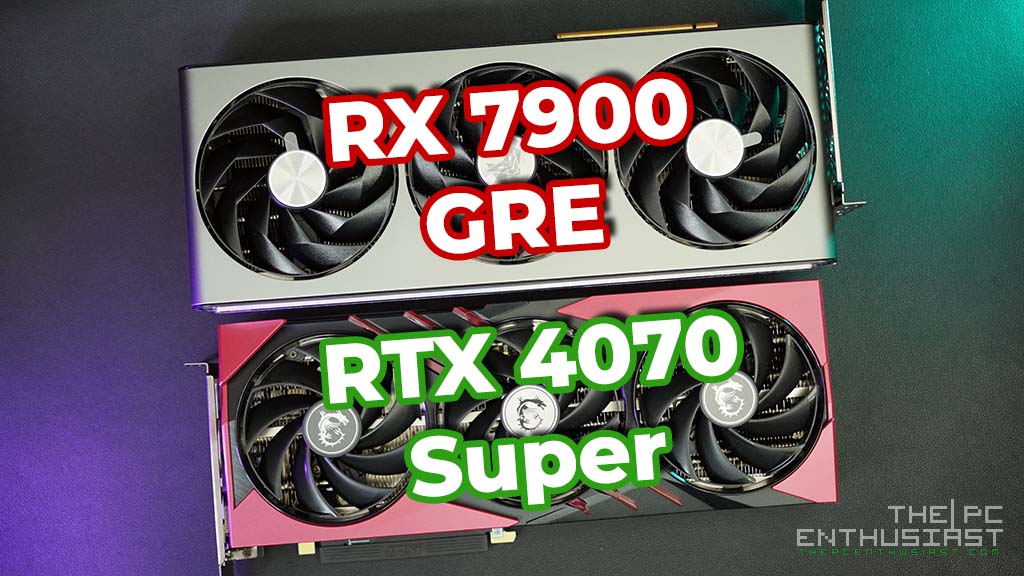
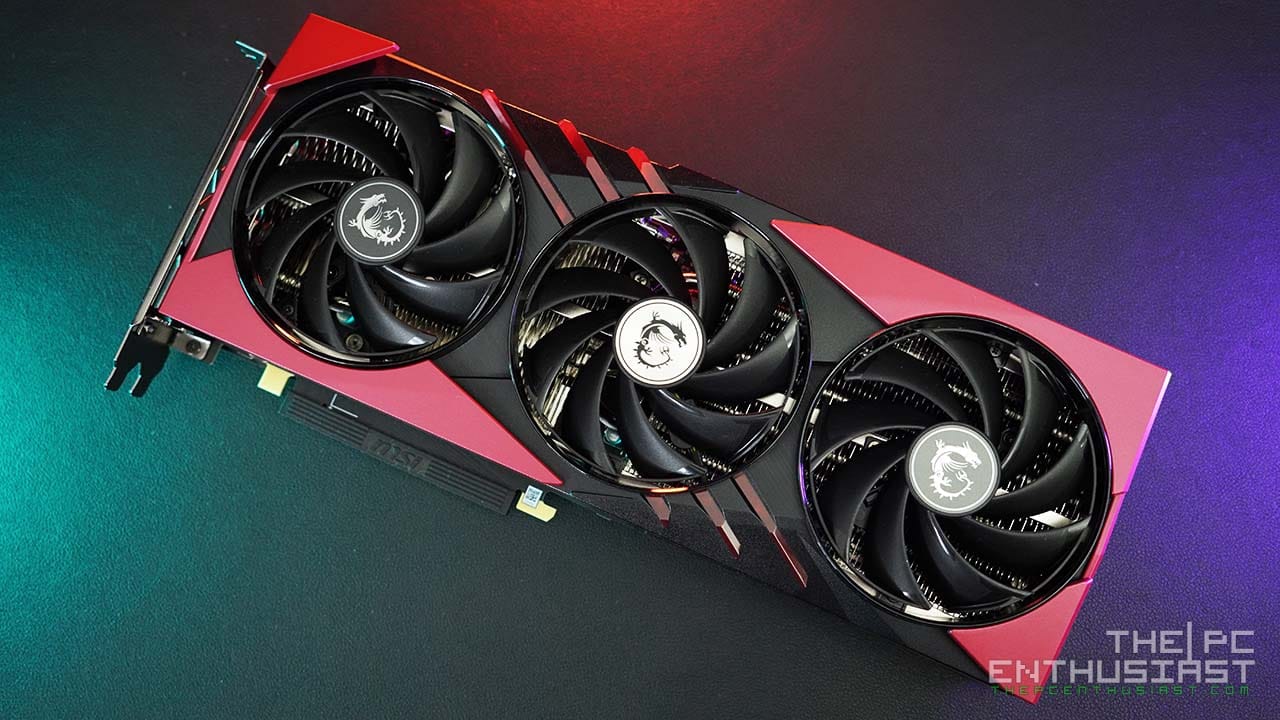
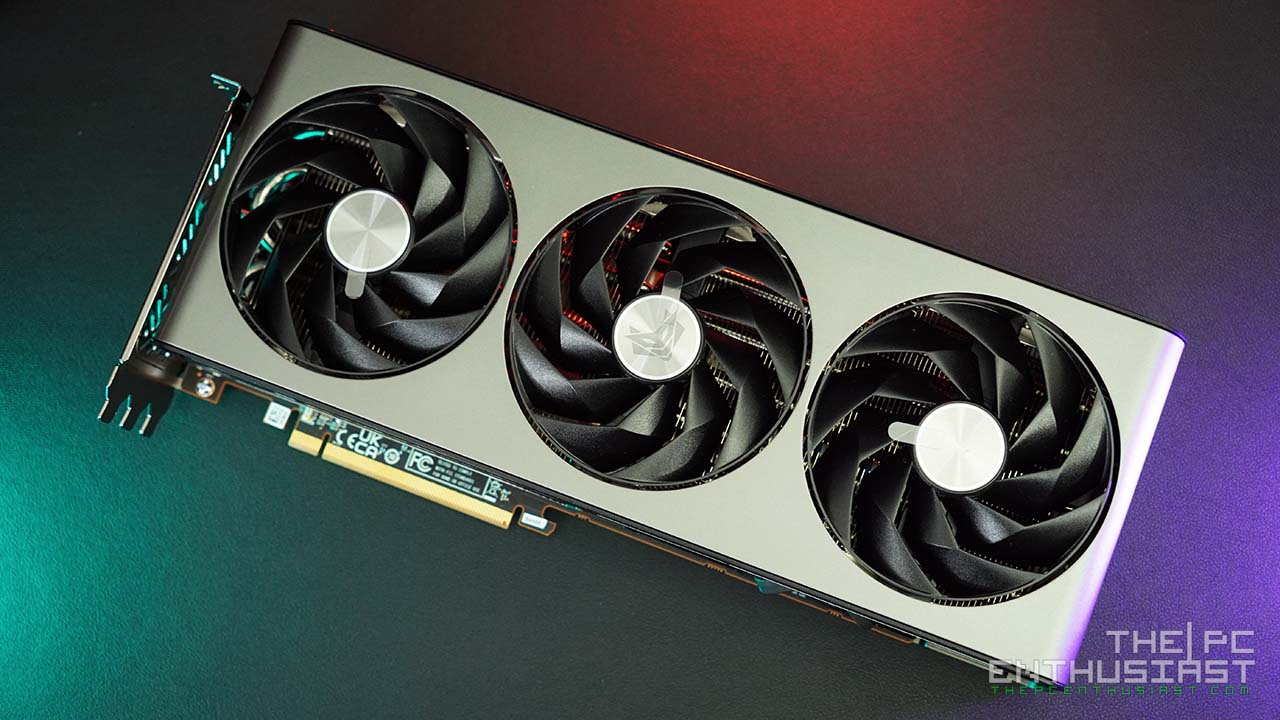

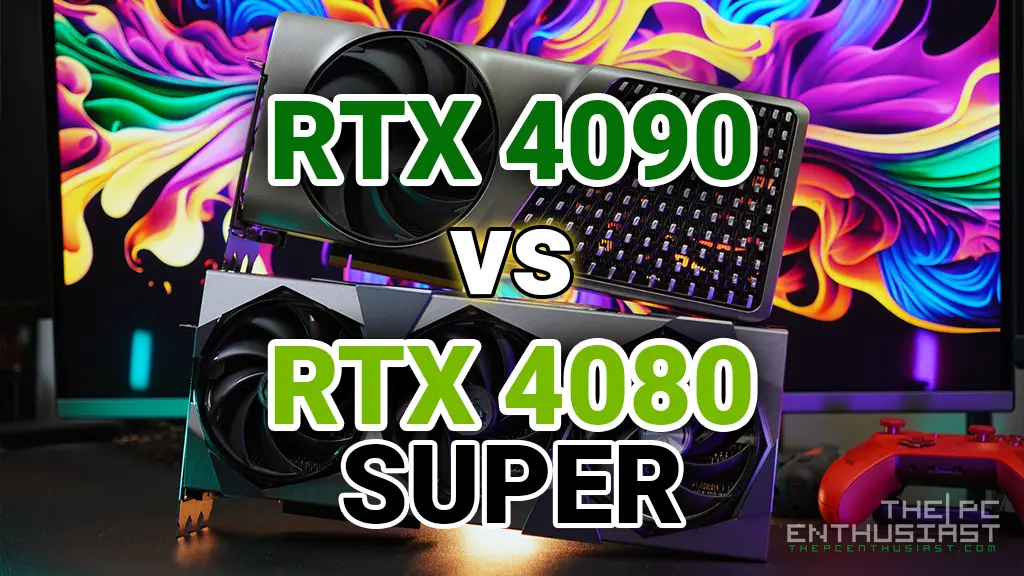
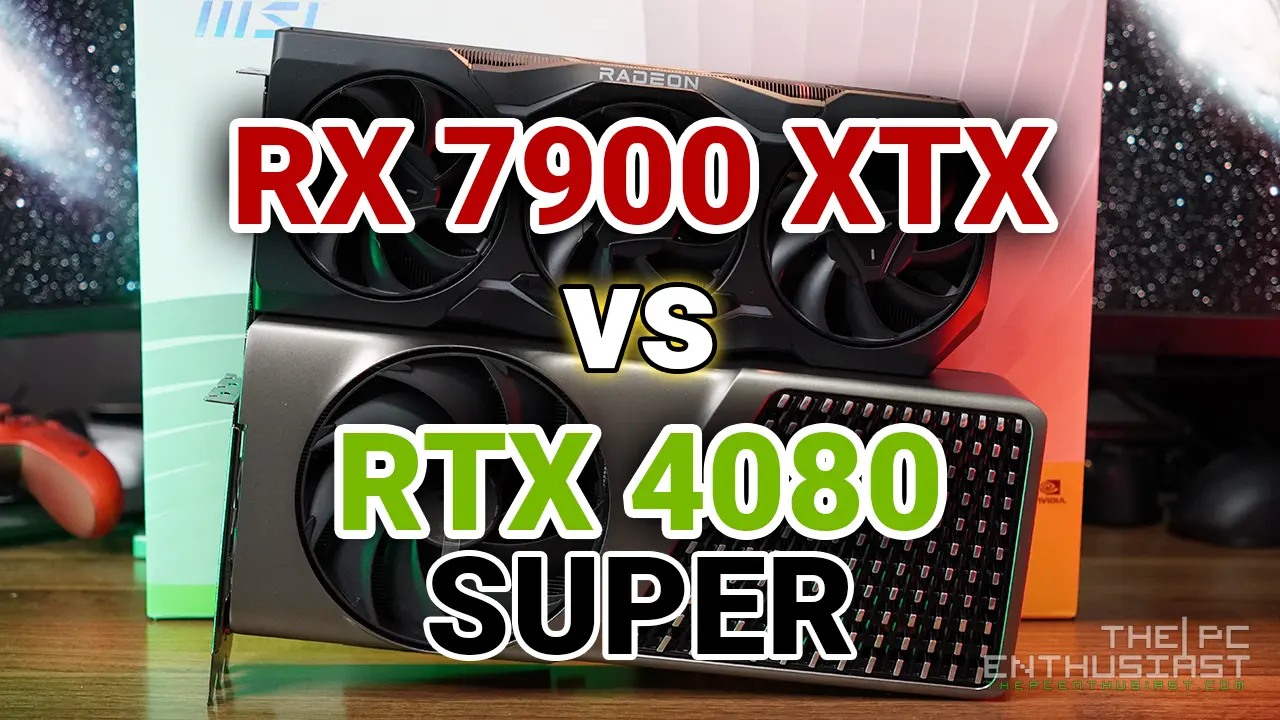

Why didn’t you OC the memory when you OC’d the Card?
Memory Oc is probably even more important that Core OC on this card
I did try to OC the memory. Unfortunately, I can’t make the card stable enough to finish the entire benchmark suite with its memory OCed. Some reviewers where able to OC the memory of their RX 480, probably mine was an isolated case. I am hoping to get a non-reference RX 480. Then we can compare them side by side.
Did you raise the power limit and Have the VRAM voltage at 1V?
Also, you could undervolt the Core a bit to acheive better clocks and thermals
I’ve got higher scores within Heaven at 1080p Ultra https://uploads.disquscdn.com/images/60d821e79e9b2cd767ae2b2e8240687d8a8d10d7d0998a941e9270b985ea775f.png with my Red Devil and A10-7870K APU (OC to 4.2GHz) Memory OC to 2400. I know it’s not fair to compare the reference card with an Aftermarket solution, but I have an APU for CPU, which it’s supposed to be a bottleneck right?